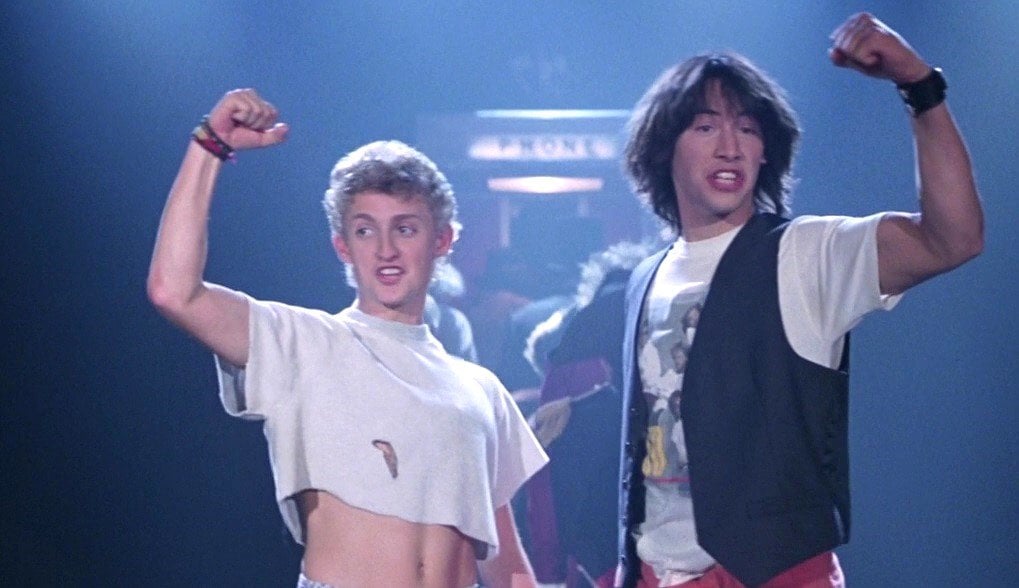- cross-posted to:
- technology@lemmy.world
- cross-posted to:
- technology@lemmy.world
For months, the Erica Marsh account had raised suspicions among online misinformation experts due to her lack of a real-world footprint and her devotion to attention-grabbing viewpoints one called “cartoonishly liberal.”


I’m still not clear on why that is, or what the difference is supposed to be. “Liberal” is “left of center” and “conservative” is “right of center”, innit? Help me out here.
It’s a topic that’s maybe a bit too dense and broad to reduce to a single short comment, but trying to simplify things a bit:
Leftism is quite a nebulous term, its boundaries are delimited differently depending on who you ask. IMO It could be characterized as opposition to the capitalist economic framework (stemming from the question “Can the system be reformed?”, only answers starting with a “No” would be considered leftist). One of the main indicators of something being leftism lies in its adherence to the marxist principle of the working class being the owner of the means of production (or more famously, “seizing the means of production”).
This point in itself would mean democratic socialists (demsocs) are considered leftists but social democrats (socdems) are not. I’m sure lots of people will agree and a lot more won’t about that boundary for “leftism”.
The conflation of terms like liberal, leftist, communist… into one and the same is a topic deserving of its own dissertation that can only be explained as the resulting image from the warped looking glass that is the current American political landscape, concept that is often illustrated by talking about the shift of the Overton Window. These things in turn can be explained as the lasting echoes of McCarthyism and its Red Scare tactics that had a profound effect on American political discourse.
Liberalism (another term so broad it would be impossible to fully explain in a few sentences) in its modern conception, and especially as “liberalism” is understood outside of the US, would mean an adherence to market economy ideology and the belief in private property. That would include all the range of positions from “The system is fine just as it is” to “The system is inherently fine it just needs some minor touch-ups” and all of them would find themselves opposed to leftism, which following the analogy would be the position saying “The system IS the problem”.
If we want to know where any form of society is on the political spectrum (left or right), we need to answer one question: what’s the state role in society? The weaker the state, the more to the left on the spectrum. The stronger the state, the more to the right the formation is. In addition, we can also differentiate between formations by the economic form of society. These two points will give us an exhaustive answer.
Examples:
There are occasional exceptions to these definitions. For instance, at the beginning of socialism there can be a strong state, that must then disappear. The USSR was like that, but it didn’t get to complete socialism.
So liberalism is a centrist ideology. For some topics it’s left of center, for some topics it’s right of center.